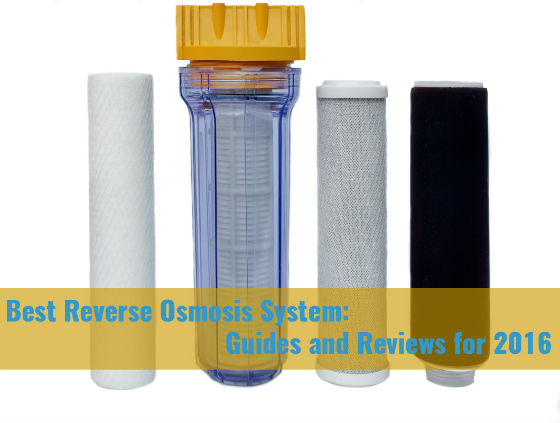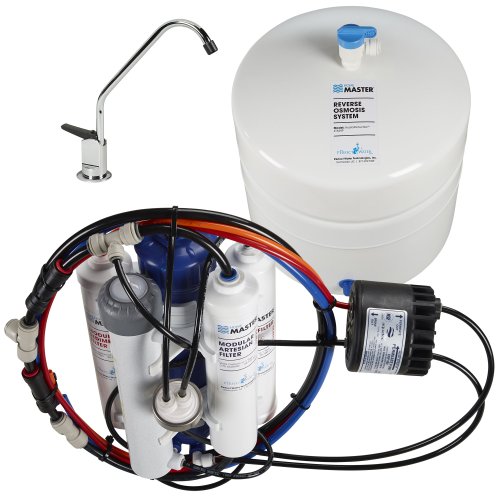What is Chromium 6?

Chromium 6 or Hexavalent Chromium as it is scientifically known, is a chemical compound containing chromium in the +6 oxidation state. It is a tasteless and odorless metallic element which is found naturally in plants, rocks, soil, volcanic dust and animals. It occurs naturally in the environment from erosion of chromium deposits. Chromium 6 is used in anti corrosion products, wood preservation, textile dyes and a variety of other things. Industrial uses of Chromium 6 include its use as a pigment in paints, inks, dyes and plastics. It is also used as an electroplated covering to provide a decorative or a protective coating for materials. Inhaled chromium 6 is found to be carcinogenic to humans i.e. it has a potential to cause cancer. In many occupations workers are at an increased risk of being exposed to Chromium 6. This kind of exposure is known to occur in workers who work with stainless steel and also among those who deal with chromium coated products. These workers are known to be at an increased risk of developing health problems such as asthma, damaging their skin and developing lung cancer.
What it does and Why is it Harmful?
Chromium 6 is known to enter cells through sulfate channels. Inside the cells chromium 6 is first reduced to chromium 5 and eventually into chromium 3 without taking aid from any enzymes. The harmful chromium 3 forms complexes with nucleic acids and proteins which results into strand breaks and is responsible to mutagenic damage. Further chronic inhalation while working on chromium related industries increases the risk of respiratory cancers. Ingestion of chromium 6 through drinking water is known to cause cancer in small intestines as well as the oral cavity through which we intake food and water. The toxicity of chromium 6 is also known to cause painful ulcers within the stomach and intestines. It can also increase the toxicity within the liver which leads to the liver’s inability to detoxify chromium 6. This can lead to the entry of chromium 6 into the circulatory system. In 2015, the EU Commission for Justice, Consumers and Gender Equality released a list of about 2300 unsafe products. Out of these about 64% came from China and among these products about 23% were clothing items which were contaminated with chromium 6.
According to the National Institute for Occupational Safety and Health (NIOSH), chromium 6 is known to cause skin irritation or ulceration, nasal irritation and ulceration, asthma, nosebleed, respiratory irritation, eye irritation and damage, sinus cancer, ear perforation, liver damage, kidney damage, epigastric pain, pulmonary edema and teeth discoloration and damage. Although chromium 6 occurs naturally in the environment, the cause of concern is due to its high quantities produced during industrial activities. Pollution related to chromium 6 occurs when industries dealing with chromium which can lead to uncontrolled disposal of chromium into the environment – particularly water. The presence of Chromium 6 in drinking water is becoming a health hazard worldwide, particularly in the United States. The Environmental Protection Agency (EPA) does recognize chromium 6 as a carcinogen, but there is no standard related to the maximum amount of chromium 6 which can be regarded safe. In 2010, the Environmental Working Group (EWG) took tap-water samples from 35 cities in the United States. 25 cities out of the 35 sampled revealed a chromium 6 concentration higher than the “Safe Maximum” limit of 0.06 parts per billion which was proposed by the California regulators. There is little evidence that chromium 6 present in drinking water is responsible for causing caner but, the studies conducted by the National Toxicology Program states that chromium 6 in drinking water shows “clear evidence of carcinogenic activity” in the laboratory animals and increases the risk of gastrointestinal tumors.
How to remove Chromium from water
Chromium 6 can be removed from water relies by the following three methods – 1. Reducing Toxicity, 2. Removal Technologies and 3. Containment Technologies. Further these methods can be classified into a number of different technologies. These technologies include – Chemical Precipitation, Adsorption and Biosorption, Reverse Osmosis, Ion Exchange, Electrodialysis, Photo Catalysis etc.
*Chemical Precipitation – Chemical precipitation of chromium 6 involves adding lime and ferrous sulphate. This reduces the chromium 6 first to chromium 3 and the resulting form can be precipitated out by using hydroxies.
*Adsorption and Biosorption – This offers a cost effective method that is technically sound and environmental friendly.
*Reverse Osmosis – Reverse osmosis is used for filtering water. In reverse osmosis a liquid is forced through a semi permeable membrane by applying pressur. The membrane retains or traps the impurities on one side and allows the pure liquid to pass through to the other side
*Ion Exchange – Ion exchange leads to a 100% removal of chromium 6. It’s advantages are recovery of metal’s value, high selectivity and less sludge volume.
*Electrodialysis – While using electrodialysis, the recovery potential for chromium recovery is decent enough. But this amount cannot be recycled.
*Photo Catalysis – Chromium 6 is reduced to chromium 3 in photo catalysis and eventually precipitated out. This method has a large capability to remove trace metals.
Removing Chromium 6 by Reverse Osmosis
Reverse osmosis is a process which is used for filtering water. This works by employing pressure to force a liquid through a membrane, retaining the solute (impurities) on one end and forcing the pure liquid to pass through the membrane towards the other end. Reverse osmosis is the opposite of osmosis. Osmosis involves the passing of a liquid through a membrane from an area of low concentration to an area of higher concentration without the application of pressure. A semi permeable member is called so because it is selective in what it allows to pass through and what it prevents from passing. Such membranes allow water molecules which are smaller in size to pass through them; while preventingother contaminants from passing due to their large molecular size. The process generally involves water on both the sides, with each side having a different concentration for dissolved materials. Semi permeable membranes can be produced artificially by using a variety of materials in such a way that they can handle high membrane pressure. These membranes are generally made out of polyamide and used purifying chromium containing liquids, particularly water. Reverse osmosis is a technique which is extremely successful while treating chromium containing water but the its main disadvantage lies in high priced equipment and extensive monitoring systems. The sludge generated during the process is something that must be taken care of while implementing reverse osmosis.



Leave a Reply